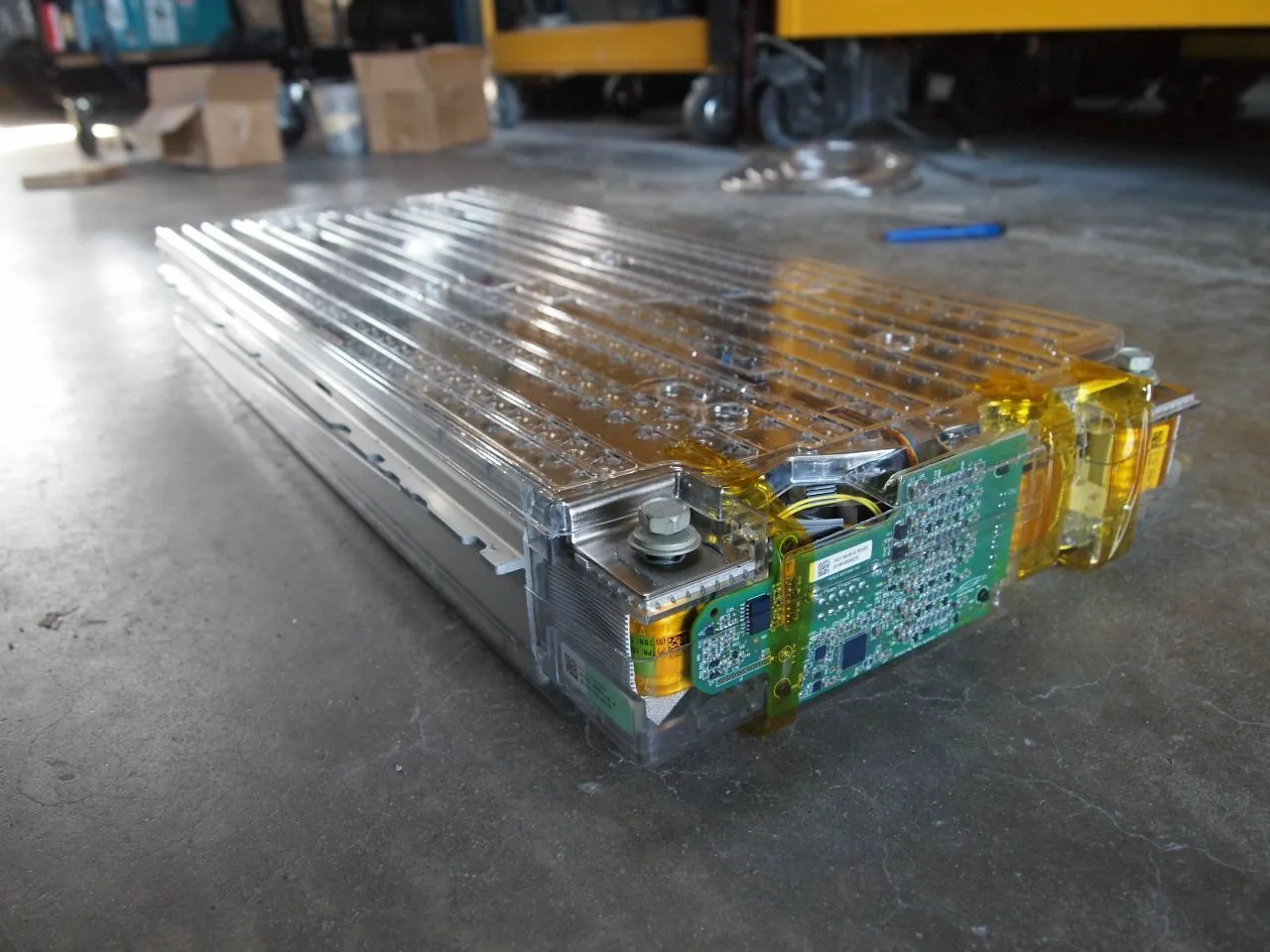
Building your own ESS (Energy Storage System) as become an increasingly common DIY (Do-it-yourself) project, especially now that battery cells are much better, affordable and easy to get than they used to be. By making your own ESS you save money on an expensive and fancy Tesla Powerwall, moreover you gain some knowledge.
A complete renewable energy storage system has three main components:
The charge controller and the inverter are relatively cheap and you buy them ready to use. However, the most expensive component, the battery pack, you can choose to assemble your own from scratch or to buy one almost ready to use.
Option 1
If you want to build a battery pack from scratch my advice is to use brand new battery cells. ETC LFP battery cells are super easy to assemble, safe, reliable, durable, sustainable and affordable.
By using the LFP battery cells that I recommend you can build a new 10,61 kWh (16 x 3,22 V x 206 Ah) battery pack for around 2.324 USD (2.109 euros), which represents 199 euros per kWh.
You can also get a BMS (Battery Management System) with Bluetooth connection for less than 40 euros. It’s cool to be able to monitor the temperature and voltage of your battery cells with an Android smartphone.
Option 2
On the other hand, if you decide to buy battery cells already assembled in modules from used EV batteries you can save time and money. There are plenty to choose from on eBay.
Supposing you want a battery pack with an efficient and still safe voltage, 48 V is what’s recommended, let’s see some popular options available.
BMW i3
Average kWh price: 170-190 euros
I would avoid the first generation 60 Ah battery cells of the BMW i3, unless you get them for a great price. You can easily find 48 V modules on eBay, these have 12 battery cells connected in series and are by far my favorite EV modules to use as ESS. The 94 and 120 Ah battery cells are extremely durable.

Tesla
Average kWh price: 190-230 euros
You can find a lot of 24 V modules on eBay, get two and connect them in series to have a nice 48 V battery pack.

Nissan LEAF
Average kWh price: 140-190 euros
If you can get modules with the Gen 4 cells from a Nissan LEAF 40/62 kWh battery it might be worth it, since those are NCM 523 cells. However, the SoH (State of Health) of those battery cells might be poor, since they weren’t protected by a TMS (Thermal Management System).

It’s easy to find good EV battery modules on eBay from electric cars such as the BMW i3, Tesla Model S/3/X and Nissan LEAF. However, I would avoid old Gen 2/3 Nissan LEAF battery modules, unless you get a great price on them (less than 150 euros per kWh).
Considering that now we can buy brand new LFP battery cells for less than 200 euros per kWh, I would only consider used EV modules if the kWh price is 170 euros or below. Having this said, I’ve seen great deals on used EV battery modules from Tesla and BMW.
Building your own battery pack from prismatic battery cells or from battery modules can be as easy and fun as assemble LEGOs. Moreover, considering that a fancy Tesla Powerwall costs more than 8.000 euros, if you build your own ESS you can save a lot of money and have an original story to tell your friends.
Now, my final recommendation is to cycle the battery pack at lower SoC (State-of-Charge) levels by limiting the charging to 70-80 % of its capacity.
NCM/NCA recommended charging limits:
LFP (LiFePO4) recommended charging limits:
You can set the charging voltage on your MPPT charger, this way you’ll increase the lifespan of your battery pack as demonstrated in more detail in this article.
Have fun!
 Meet at Intersolar Europe, June 14–16, 2023 MESSE MÜNCHEN
Meet at Intersolar Europe, June 14–16, 2023 MESSE MÜNCHEN
 Tesla unveils new 4680 battery cell: bigger, 6x power, and 5x energy
Tesla unveils new 4680 battery cell: bigger, 6x power, and 5x energy
 How the Viking wind farm could rewrite energy on the Shetland Islands
How the Viking wind farm could rewrite energy on the Shetland Islands
 Next-generation batteries take major step toward commercial viability
Next-generation batteries take major step toward commercial viability